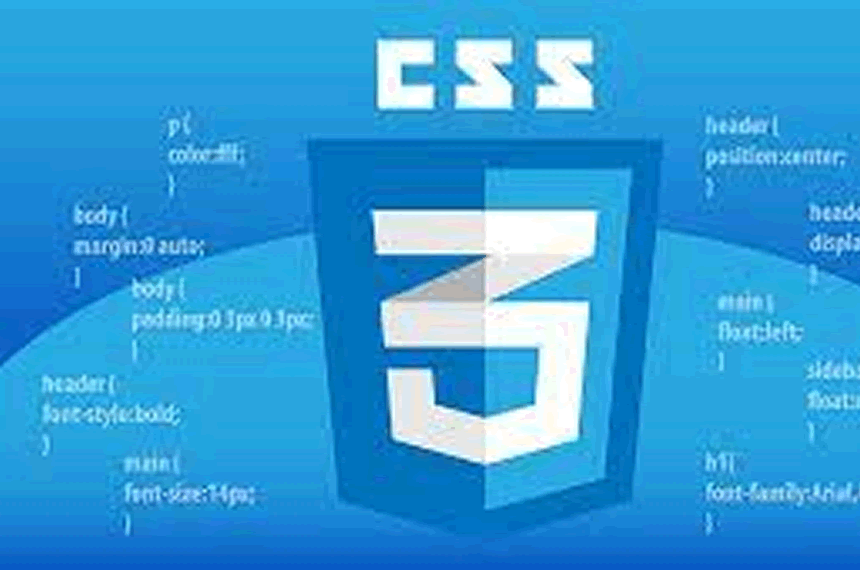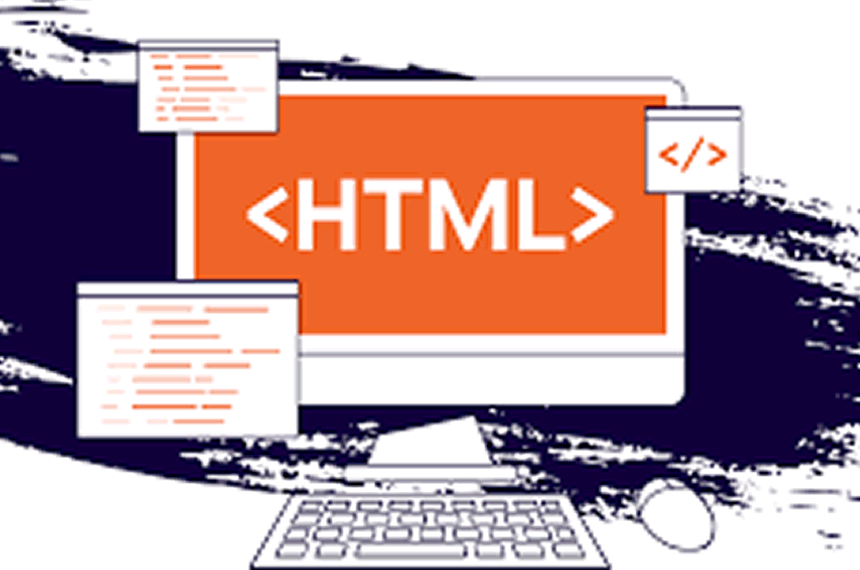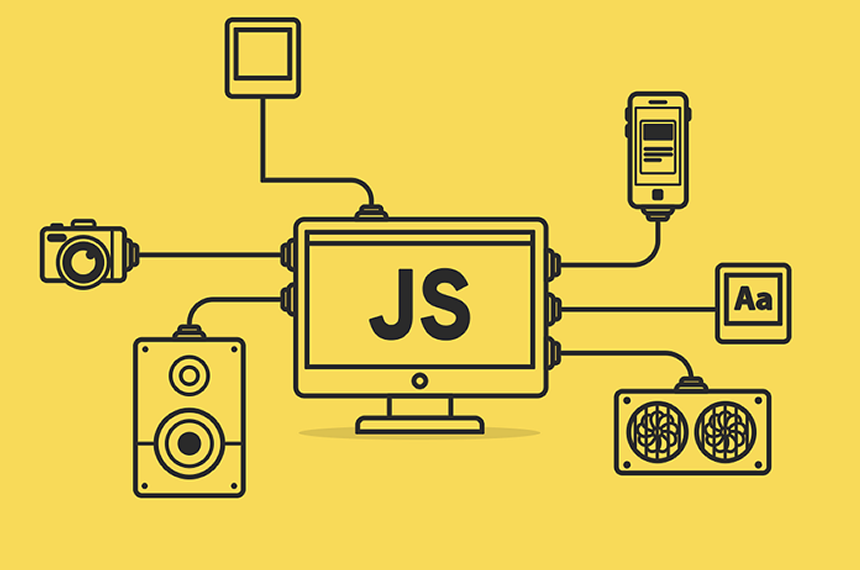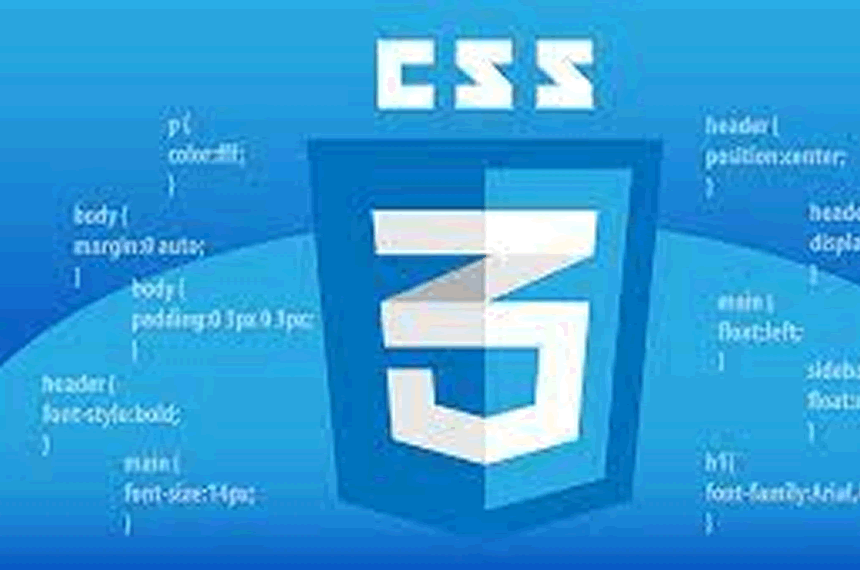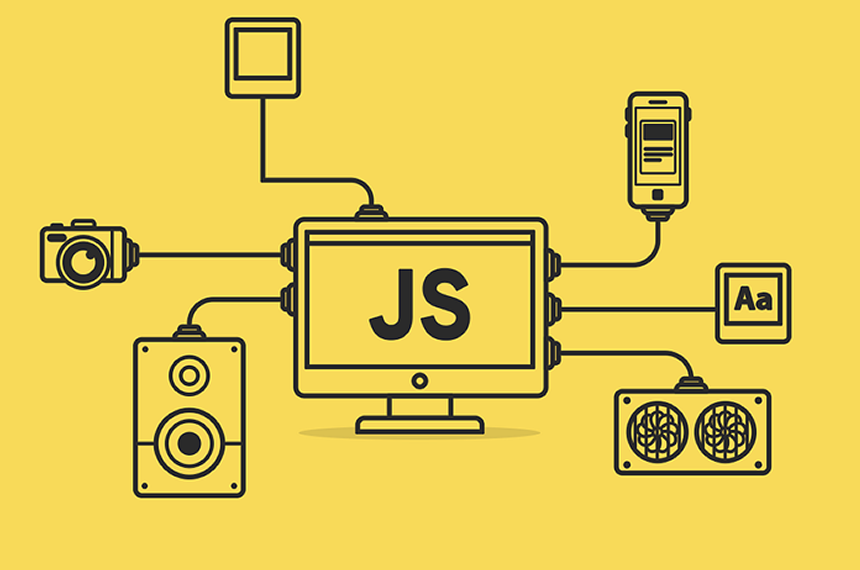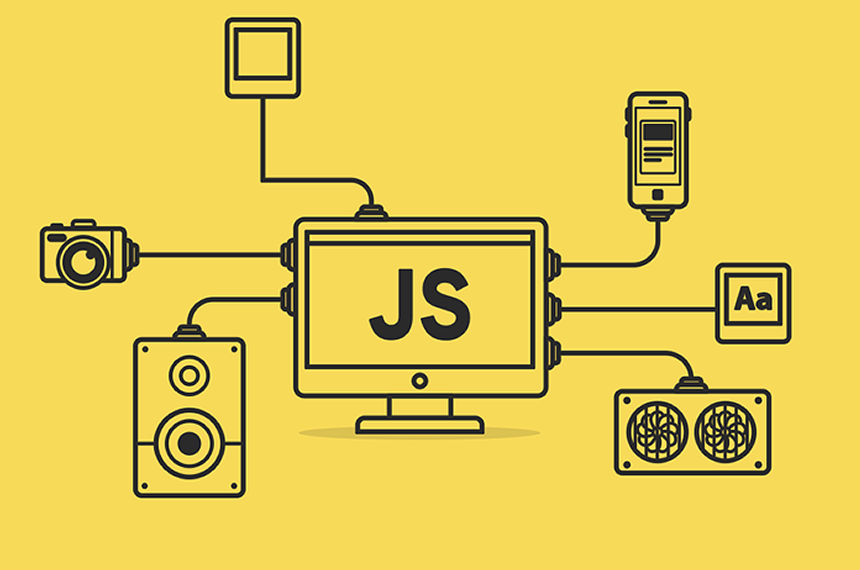
Front-End Frameworks: React vs. Vue vs. Angular
Choosing the right front-end framework is a pivotal decision in web development. React, Vue, and Angular are three popular choices, each with its own strengths and characteristics. This comprehensive guide will compare and contrast these frameworks, enabling developers to make informed decisions for their front-end projects.
1. The Importance of Front-End Frameworks
- Discuss the role of front-end frameworks in modern web development.
- Highlight the advantages of using a framework to streamline development, enhance maintainability, and improve user experiences.
2. React: The King of Component-Based UI
- Introduce React, focusing on its component-based architecture.
- Explain how React simplifies UI development and supports reusable components.
- Provide examples of creating React components and their role in building web applications.
3. Vue: A Progressive Framework for Versatile Development
- Explore Vue.js and its progressive framework approach.
- Discuss Vue's simplicity, versatility, and gradual learning curve.
- Provide examples of Vue components, templates, and directives.
4. Angular: A Comprehensive Framework by Google
- Introduce Angular, emphasizing its full-featured framework capabilities.
- Explain Angular's two-way data binding, dependency injection, and extensive tooling.
- Provide examples of Angular components, templates, and services.
5. Comparison of Core Concepts
- Compare and contrast the core concepts of React, Vue, and Angular.
- Discuss component-based architecture, state management, routing, and data binding.
- Highlight the similarities and differences in how these frameworks approach front-end development.
6. State Management: React's Context vs. Vue's Vuex vs. Angular's Services
- Discuss state management options in each framework, such as React's Context API, Vue's Vuex, and Angular's services.
- Explain when to use these state management solutions based on the complexity of your application.
- Provide examples of state management implementation in each framework.
7. Routing: React Router vs. Vue Router vs. Angular Router
- Compare the routing solutions offered by React Router, Vue Router, and Angular Router.
- Explain the use of routing for creating single-page applications (SPAs).
- Provide examples of setting up and navigating routes in each framework.
8. Community and Ecosystem
- Assess the size and vibrancy of the communities and ecosystems surrounding React, Vue, and Angular.
- Discuss the availability of third-party libraries, plugins, and extensions.
- Explore the support and resources provided by each framework's community.
9. Strengths and Weaknesses
- Analyze the strengths and weaknesses of React, Vue, and Angular for different types of projects.
- Discuss performance, learning curve, developer productivity, and scalability.
- Offer guidance on selecting the most suitable framework based on specific project requirements.
10. Real-World Use Cases and Examples
- Showcase real-world websites or applications built with React, Vue, and Angular.
- Share before-and-after scenarios to illustrate the impact of these frameworks on web development.
- Discuss the choice of framework in each use case and the resulting benefits.
11. Future Considerations and Trends
- Consider the future of front-end development and emerging trends.
- Discuss how React, Vue, and Angular are adapting to new challenges and opportunities.
- Encourage developers to stay updated on evolving front-end technologies.
Conclusion:
Choosing the right front-end framework is a pivotal decision in web development. By comparing and contrasting React, Vue, and Angular, developers can make informed decisions based on project requirements, team expertise, and the desired user experience. This comprehensive guide equips developers with the knowledge and insights needed to select the most suitable front-end framework for their specific web development endeavors.

